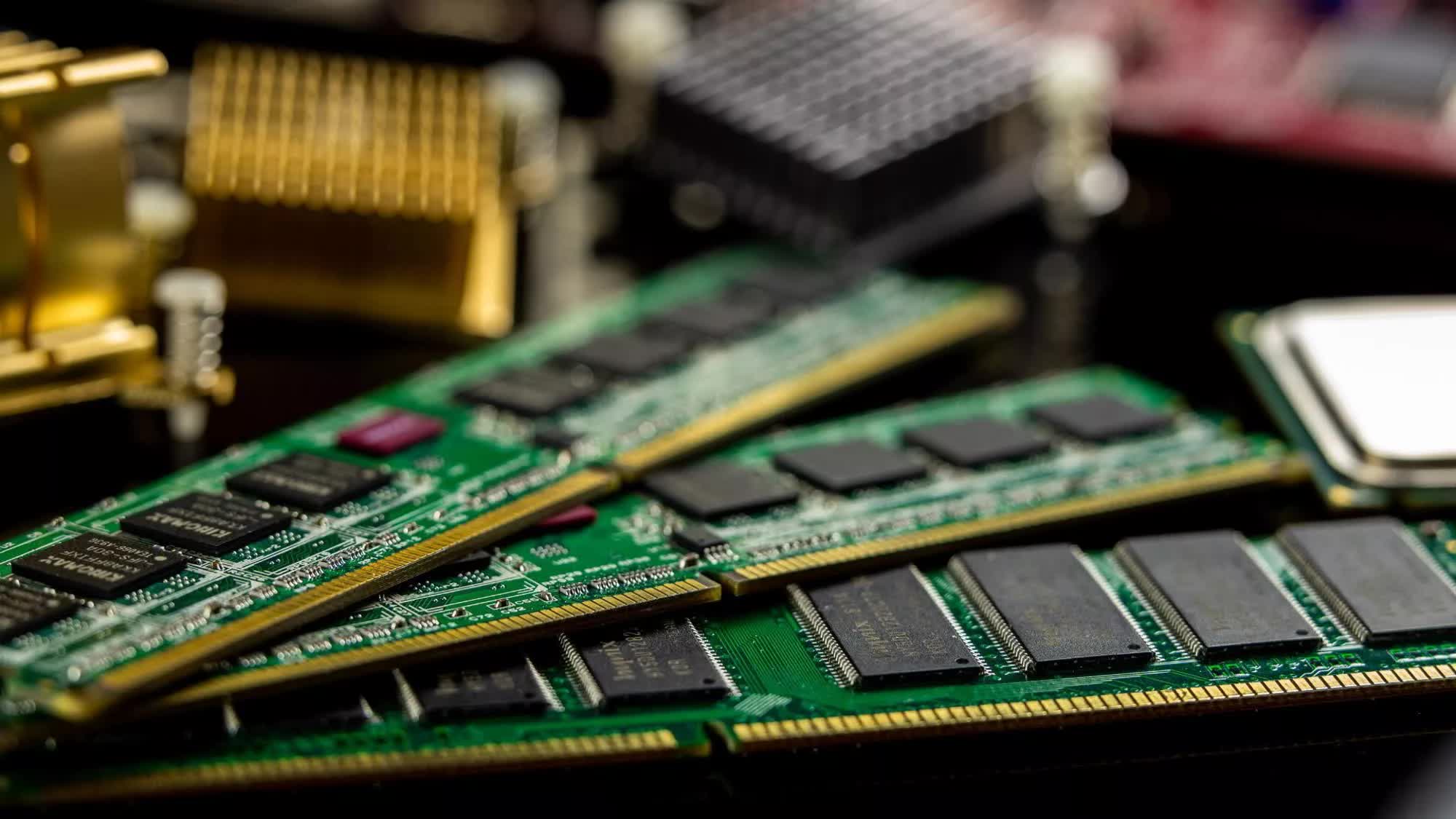Serving tech enthusiasts for over 25 years.
TechSpot means tech analysis and advice you can trust.
In brief: Japanese memory manufacturer Kioxia has announced it will unveil a trio of pioneering memory technologies at the IEEE International Electron Devices Meeting in San Francisco this December. From what we can tell, the developments look promising.
Today's computing systems rely on a combination of fast DRAM for active processing and flash storage for long-term data retention. However, Kioxia is working on a new tier in the memory hierarchy with Storage Class Memory (SCM) – a high-capacity, speedy medium that sits between DRAM and flash, providing both data persistence and a power source. It can handle significantly more data than DRAM.
Kioxia is set to unveil three cutting-edge technologies, focusing on SCM, DRAM, and 3D NAND.
Their first reveal is OCTRAM (Oxide-Semiconductor Channel Transistor DRAM), co-developed with Nanya Technology. This vertical transistor design uses oxide semiconductor materials to drastically reduce current leakage and power consumption compared to conventional DRAM. According to Kioxia, this innovation could be a game-changer for AI, post-5G networks, IoT devices, and other applications where energy efficiency is critical.

Next up is a high-capacity crosspoint MRAM (Magnetoresistive RAM), developed in collaboration with SK hynix for SCM applications. The two companies achieved cell read/write operations at an unprecedented 20.5-nanometer cell half-pitch for MRAM, made possible by integrating high-capacity selectors with magnetic tunnel junctions.
Lastly, Kioxia's latest breakthrough in 3D NAND flash memory introduces a new "horizontal channel" architecture. Unlike traditional vertical stacking, this design arranges memory cells horizontally, overcoming the performance degradation issues common in high-density 3D NAND. The horizontal approach aims to improve bit density, reliability, and cost-effectiveness for future generations of 3D NAND.
Under its mission to "uplift the world with memory," Kioxia stated its commitment to pioneering a new era of memory technology. The company also emphasized its dedication to ongoing research and development to support of the "future of digital society."
Of course, significant work remains to commercialize these breakthroughs. While the technologies are still in the lab, they hold the potential to significantly disrupt the memory landscape.